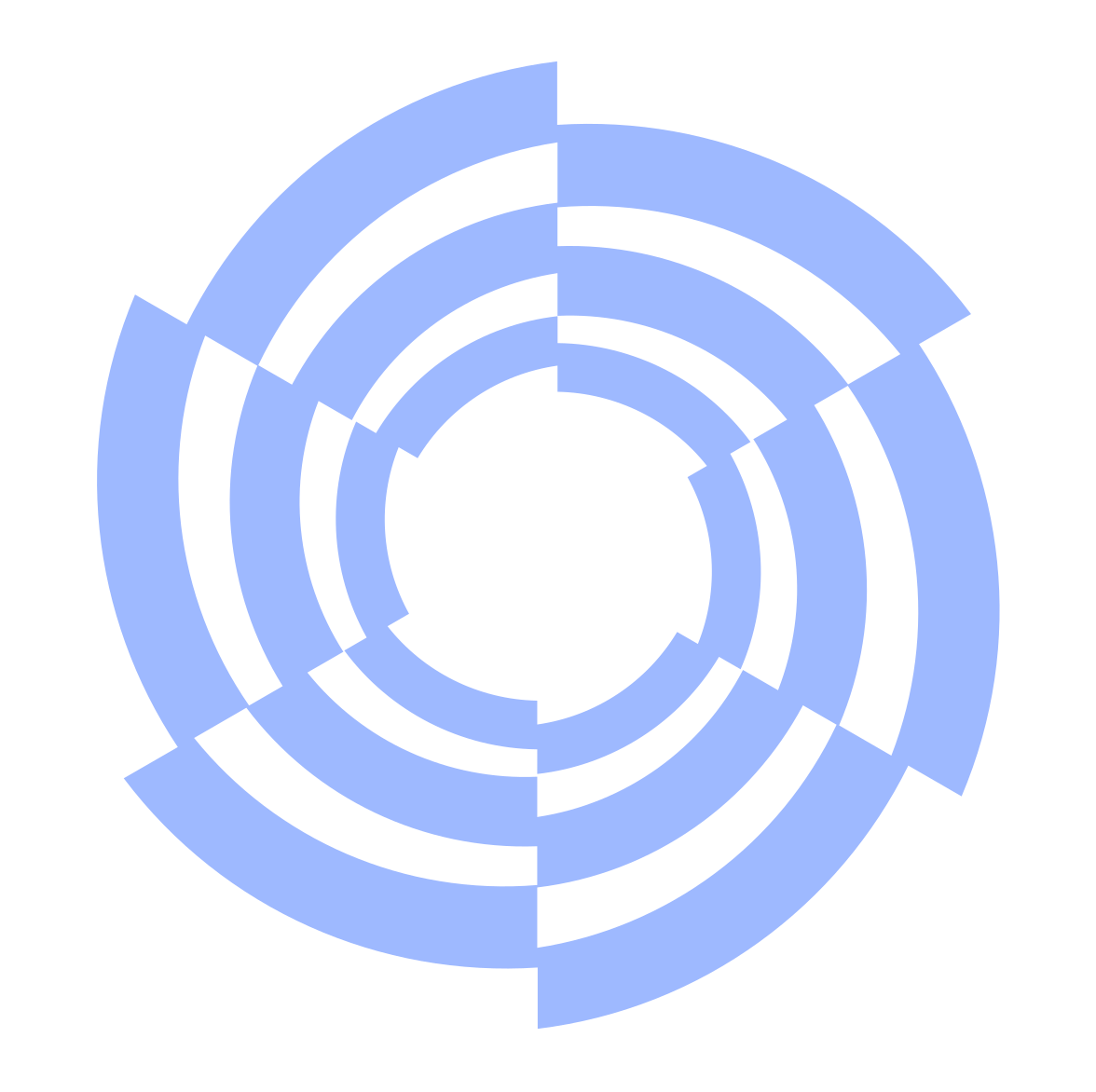Sciatica: Understanding the Connection Between Low Back Pain and Leg Nerve Symptoms
Have you ever experienced a sharp pain that radiates down your leg or a numbness and tingling sensation in your lower back, hip, or leg? If so, you may be suffering from sciatica. This common condition can be caused by a variety of factors, but one thing they all have in common is that they affect the nerve roots that originate in the low back and feed into the legs.
What is Sciatica?
Sciatica is a condition that occurs when the sciatic nerve, the largest nerve in the body, becomes irritated or compressed. The sciatic nerve originates in the lower back and runs down the back of each leg. When the nerve is compressed, it can cause a variety of symptoms, including:
Pain that radiates from the lower back down one or both legs
Numbness or tingling in the leg or foot
Weakness in the leg or foot
A burning or tingling sensation in the leg
Difficulty moving the leg or foot
What Causes Sciatica?
Sciatica can be caused by a variety of factors, including:
Herniated discs: The discs between the vertebrae in your spine can become damaged or herniated, causing pressure on the nerve roots that feed into the legs.
Spinal stenosis: This condition occurs when the spaces within your spine narrow, putting pressure on the nerves.
Spondylolisthesis: This occurs when one of the vertebrae in your spine slips out of place and puts pressure on the nerve roots.
Piriformis syndrome: This occurs when the piriformis muscle in the buttocks irritates the sciatic nerve.
Trauma or injury to the lower back or legs
Degenerative disc disease: This occurs when the discs between the vertebrae in your spine start to wear down and lose their cushioning, putting pressure on the nerve roots.
How is Sciatica Treated?
Treatment for sciatica typically involves addressing the underlying cause of the condition. In many cases, chiropractic care can be an effective treatment option for sciatica. Chiropractors specialize in the diagnosis and treatment of conditions affecting the spine, including sciatica. They use a variety of techniques, including spinal adjustments, to help relieve pressure on the nerve roots and reduce inflammation.
Additionally, chiropractors may recommend exercises or stretches to help improve flexibility and strengthen the muscles that support the spine. They may also provide advice on posture and ergonomics to help prevent future episodes of sciatica.
Conclusion
Sciatica is a common condition that can cause a variety of uncomfortable symptoms. If you are experiencing symptoms of sciatica, it's important to seek professional medical advice to determine the underlying cause of your condition. Chiropractic care may be an effective treatment option for sciatica, helping to reduce pain and inflammation and improve your overall mobility and quality of life. Remember, your low back contains the nerve roots that feed into your legs, so taking care of your spine can have a big impact on your overall health and wellbeing.

